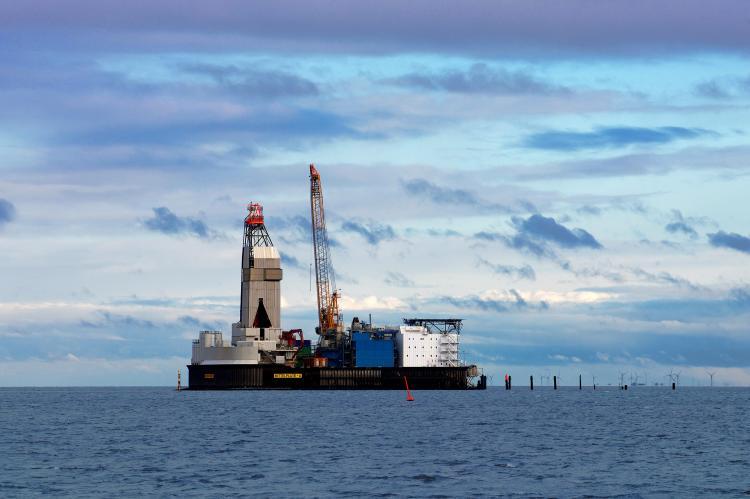North Sea Wintershall Dea Case Study

Mittelplate is the largest oil field in Germany, located in the environmental ly sensitive Wadden Sea of the German State Schleswig-Holstein. An artificial Drilling and Production Island, named “Mitt elplate A” (MPA), was build early 1980`s on a tidal shoal and is operated by Wintershall Dea.
In 2005, a 10 km, 10” stainless steel (1.4462 Duplex) p ipeline was built in order to transport 2,500 tons of crude oil per day to onshore facilities. A second 10 km, 6” stainless steel pipeline (in parallel ) is in place, returning the separated reservoir water to MPA in order to maintain the reservoir pressure. The pipeline made the transportation of oil via barge, which was dependent on tide and weather redundant. Both pipelines underpass the Wadden Sea, a highly vulnerable ecosystem, that has been placed on the UNESCO World Heritage list, over a distance of 7,2 km with a burial depth of 5 m to 25 m.
In 2006, DEA and the NDT Global began conducting continuous mon itoring of these pipelines. Ultrasonic inline inspections wall thickness robots are used to detect and size metal loss and mid-wall features in both pipelines. In addition, ultrasonic crack detection robots are used in the crude oil pipeline to detect and size axial flaws. Inspections take place in 5 years intervals for the crude oil pipelin e and 3 years intervals for the reservoir water pipeline. Regular inspections as mentioned above show a high degree of reproducibility over the years and hence facilitates comparison of the respective results. By this the operator is able to differentiate between manufacturing-related (non-hazardous) anomalies and potential hazardous material alterations.
The results of those measurements, where no significant wear was detected, strengthen t he confidence in the reliability of the used technology.
